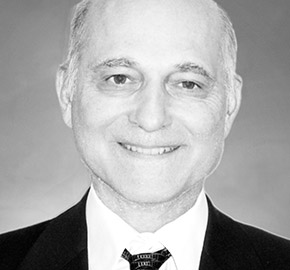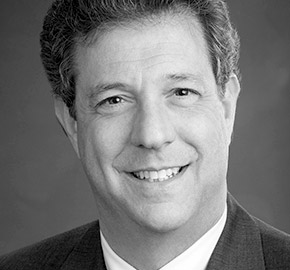Survey finds consumers support health information exchange.
Patients in Western New York largely believe the community’s health care system is performing at a high level and is generally safe. They also believe that access to electronic health records by physicians is good for health care. By the numbers, a survey of 1,000 WNY residents found:
87% believe the health system is providing a high level of care
86% believe the health care system is generally safe
90% were aware that their health care information was being electronically shared
82% believe electronic access to patient data is good for health care
81% indicated they would encourage their doctors to use HEALTHeLINK
Business continuity during a crisis.
In April 2017, ECMC’s computer network was hit by a cybersecurity attack. While the hospital’s IT team worked to bring the system back online, hospital staff manually updated medical records, admitted patients, and refilled prescriptions to maintain patient care.
This attack, while extremely unfortunate, is the latest and most profound example of how HEALTHeLINK works and demonstrated how critical the organization was to keeping ECMC running during this compromised time. Because the hospital was already a data source and a heavy user prior to the network outage, ECMC staff could securely access data from HEALTHeLINK. HEALTHeLINK staff spent the first 24 hours after the attack enabling secure access to emergency department providers and, over the next few days, maintained a presence at the hospital to set up accounts, enable user access, and provide training and support.
HEALTHeLINK’s presence and collaboration from day one was crucial to providing instant, secure access to patient data when it became inaccessible from ECMC’s own systems. Since the event, HEALTHeLINK has formalized its crisis response process and is reaching out to all WNY hospitals to include this in their emergency-preparedness plans.
Growth of alert notifications.
Participating HEALTHeLINK providers can be notified of their patients’ admissions, discharges, and transfers, including local emergency department visits, in real time with alert notifications. By having this up-to-date information, providers can schedule timely follow-up visits with patients to review diagnoses and new medications, ultimately reducing the chance of future readmissions. HEALTHeLINK also offers a 30-day readmission alert notification service for hospitals. If activated, an alert is automatically sent to a hospital if a discharged patient is admitted to any other hospital within 30 days.
Patients subscribed for alert notifications to be sent to their doctors: 390,460
686,058 alerts delivered in 2017
Increasing use in emergency departments.
HEALTHeLINK continues to work with providers to increase utilization and patient data queries in WNY emergency departments (EDs). HEALTHeLINK is also easing the workflow for providers and their staff by implementing a single-click access to patient summaries from within an ED’s electronic health records (EHRs), as well as providing further education on the benefits of using HEALTHeLINK in EDs.
Patient record lookup in EDs grew by 50%
Successful HIE usage by medical residents.
More than three years ago, HEALTHeLINK – with the support of the University at Buffalo Jacobs School of Medicine and Biomedical Sciences, Catholic Health System, ECMC, and Kaleida Health – introduced medical residents to HIE so they, like their mentors, could provide safe and efficient patient care.
Starting with third-year residents in emergency medicine, family practice, internal medicine, and OB/GYN, UB has since expanded access to include all residents in all its 19 resident programs, while Catholic Health enabled use for residents in the Lake Erie College of Osteopathic Medicine. Most recently, Niagara Falls Memorial Medical Center introduced their medical residents to HEALTHeLINK.


